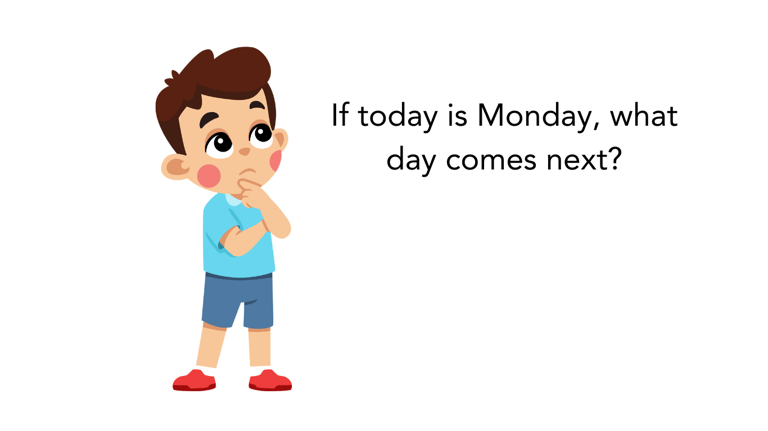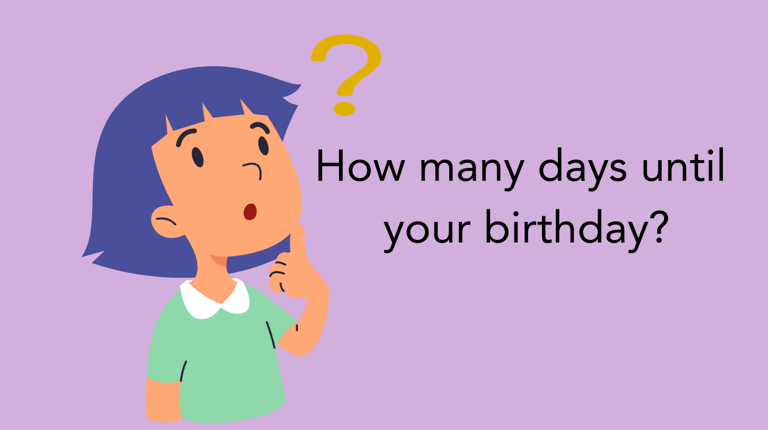How Interactive Calendars Support Young Learners


How Interactive Calendars Support Young Learners
by Dewi Griffith Ph.D
The goal of the activity was to create an interactive calendar for young children. According to Copple & Bredekamp (2009), daily routines are very important for children because they allow children to feel safe, regulate their behavior, and transition easily.
Charlesworth (2016) also states that integration of weather, daily activities, and calendar is important because it can help with language, number sense, and awareness.


How I Start Interactive Calendar Games in Early Childhood Settings
I began using interactive calendar games when I first started teaching. I needed an activity that was simple, repetitive, and fun for children to learn the days, weather, routines, and time.
The more I used calendar games in the classroom, the more I realised it was so much more than teaching. Calendar games in the morning became an excellent confidence-building tool and a way for children to connect in the classroom.
Here is how I got started and what worked for me:
✅ Step 1: I Created a Visual and Accessible Calendar centre
I set up a calendar center at a wall that I could easily see from the children’s group area. I used a monthly calendar grid as a base and weather cards, days of the week, months of the year, and the seasons icons that I attached to the wall using Velcro. (I laminated all of the pieces and attached Velcro to the back of them so little hands could easily move them.)
The important part for me was to make it interactive and at the child’s height.
✅ Step 2: I Integrated It into the Morning Routine
Every morning, I bring the children to the mat, and we begin the day with calendar time.
We review:
The day
The weather
And what’s coming up (birthdays, holidays, excursions, etc.)
We also sing our “Days of the Week” song and weather songs, which the children love!
✅ Step 4: I Made Calendar Time into a Game
Below are some simple games I play with the children.
“What’s Missing?” – I hide a calendar item and ask children to find what’s missing.
“Guess the Day” – I give a hint, such as, “It comes after Tuesday.”
“Weather Match” – Children observe the weather outside and pick the appropriate weather card.
“How Many Days Until …?” – We count together and are building early math skills.
✅ Step 5: I Connected It to the Real World
I would ask questions like:
“What do you wear on a rainy day?”
“Do you have anything special this weekend?”
“How many more sleeps until your birthday?”
Connecting calendar time to the real world made it more than just a routine, but something personal and meaningful for the children.
✅ Step 6: I Kept It Interesting
I found small changes kept the children interested and excited. Each month I added new seasonal visuals, songs, or themed countdowns to look forward to (such as days until a holiday).
What Fun & Simple Icebreaker Questions for Young Children?
🌞 Weather & Calendar-Related
* What do you like to do when it rains?
* Can you remember what the weather was like yesterday?
* What month is your birthday in?
* If today is Monday, what day comes next?
🧸 Get-to-Know-You Questions
* What animal do you feel like this morning?
* What’s your favorite food?
* Do you have a pet? What’s its name?
* If you could be any animal, what would you be?
🎨 Creative & Imaginative
* What would you build with a giant box?
* If you had a magic umbrella, where would it take you?
* If today were a holiday, what would we celebrate?
📚 Learning-Theme
* What do you like better—story time or play time?
* What’s something new you learned this week?
* Can you name something that starts with the letter of your name?
💬 Feelings & Emotional Check-Ins
* What colour is your mood today?
* How are you feeling right now—happy, sleepy, excited, or silly?
* What made you smile this morning?


Download and customise the PDF template for Sample Weekly Schedule to fit your needs.
Best Tips and Tricks
Use a "Question of the Day" board to let kids answer by placing their name or photo under their choice.
Let kids ask questions too—it boosts confidence and social interaction.


1. Challenge: Children can have difficulty transitioning from calendar time to the next activity
Solution: Use a visual timer or a transition song. For example, you could use a simple “clean-up countdown” song to signal the transition.
2. Challenge: The weather symbols are too abstract for younger children
Solution: Use real photos instead of symbols, or take a “weather walk” outside and have children match what they see to weather cards.
3. Challenge: Children lose interest in calendar time over time
Solution: Rotate the roles of who does what (weather reporter, day checker, etc.) and include movement in calendar time (have children clap the days and jump for the different types of weather).
4. Challenge: The children in your classroom are at different developmental levels
Solution: Give children differentiated roles for calendar time (one child says the day, another child finds the date, another child chooses the weather, etc. ).
What Are the Solutions to Common Issues and Challenges I Found
References and Further Reading
Charlesworth, R. (2016). Math and Science for Young Children (8th ed.). Boston, MA: Cengage Learning.
Copple, C., & Bredekamp, S. (2009). Developmentally Appropriate Practice in Early Childhood Programs Serving Children from Birth through Age 8 (3rd ed.). Washington, DC: National Association for the Education of Young Children (NAEYC).
Worth, K., & Grollman, S. (2003). Discovering Nature With Young Children. St. Paul, MN: Redleaf Press.
Gestwicki, C. (2016). Developmentally Appropriate Practice: Curriculum and Development in Early Education. Boston, MA: Cengage.
Other articles you might like
Learning Through Play
Home Reading Tips
DIY Learning Materials
